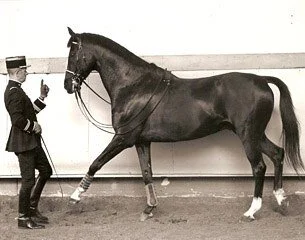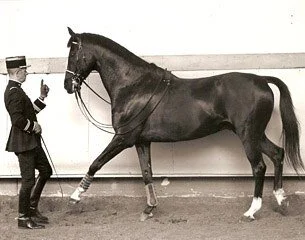Horse Training and Behavior: A Comprehensive Guide

Understanding horse training and behavior is essential for anyone involved in equestrian activities, whether you’re a beginner or an experienced rider. This article explores the fundamentals of horse behavior, effective training techniques, and tips for building a strong bond with your horse.
Understanding Horse Behavior

Horses are prey animals with instincts that influence their behavior. Recognizing these natural tendencies helps trainers communicate effectively and create a safe environment.
| Behavior Aspect | Description | Example |
|---|---|---|
| Flight Response | Horses tend to flee from perceived threats quickly. | Spooking at sudden movements |
| Herd Mentality | Horses prefer to stay in groups for safety and social interaction. | Following other horses |
| Communication | Horses use body language, vocalizations, and facial expressions to convey feelings. | Ears pinned back indicating anger |
Key Principles of Horse Training

- Consistency: Horses learn best when commands and routines are consistent.
- Patience: Training takes time; rushing can cause confusion or fear.
- Positive Reinforcement: Rewarding good behavior encourages repetition.
- Clear Communication: Using clear cues helps horses understand expectations.
Popular Training Techniques
- Natural Horsemanship: Focuses on understanding horse psychology and building trust.
- Classical Training: Emphasizes gradual development of balance, rhythm, and responsiveness.
- Clicker Training: Uses a click sound to mark desired behavior followed by a reward.
Building a Strong Bond
Spending quality time grooming, hand-feeding, and calmly interacting with your horse strengthens trust and cooperation.
FAQ
Q: How long does it take to train a horse?
A: Training duration varies based on the horse’s age, temperament, and the trainer’s goals, ranging from weeks to months.
Q: Can all horses be trained?
A: Most horses can be trained, but individual differences affect learning speed and methods.
Q: What are common behavioral problems?
A: Issues like biting, kicking, or refusal to follow commands often stem from fear or misunderstanding.
By understanding the natural behavior of horses and applying consistent, patient training methods, you can foster a rewarding relationship with your equine partner.
